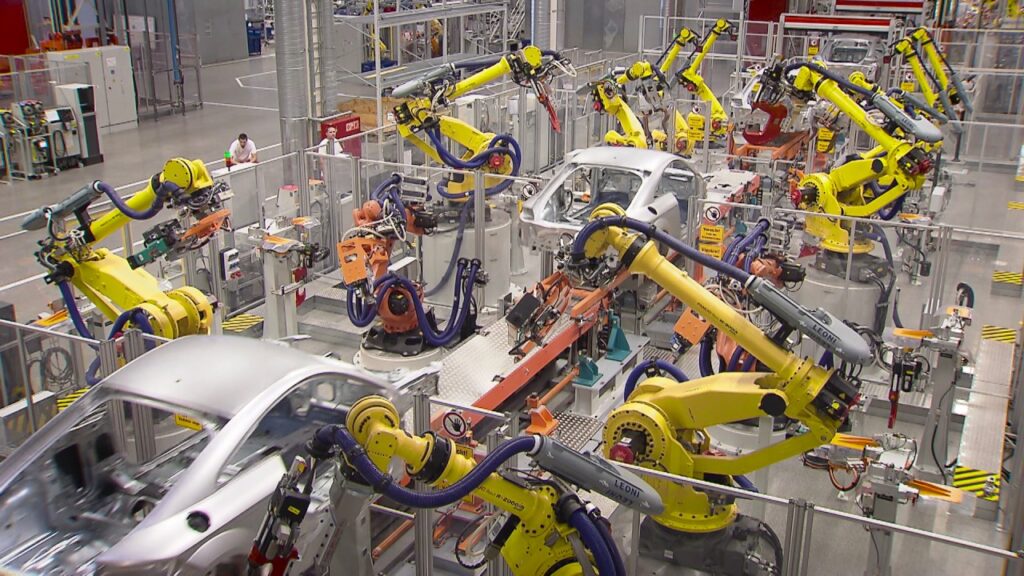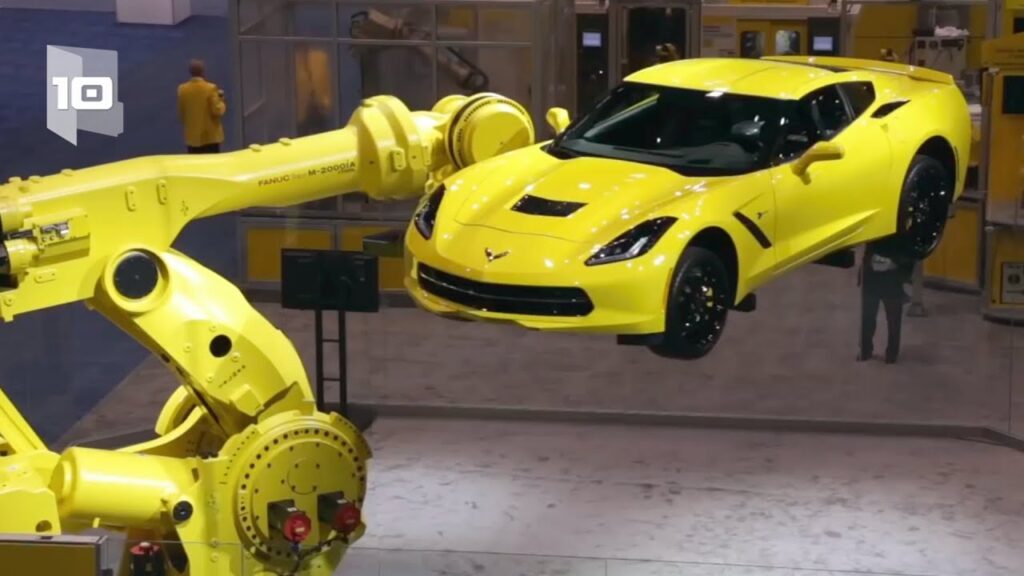Industrial robots have revolutionized the manufacturing industry, drastically improving efficiency and productivity. These robots come in various types, each with its own set of capabilities. In this article, we will explore the different types of industrial robots and their applications.
Industrial robots are automated machines designed to perform tasks traditionally carried out by humans. They can be categorized into several types based on their structure and function. Let’s delve into each one and understand their unique features.
1. Cartesian Robots: Also known as gantry robots, these robots have three linear joints that work similar to a Cartesian coordinate system. They use X, Y, and Z coordinates to move and operate in a fixed area. Cartesian robots are commonly used in heavy lifting tasks and in applications that require precise positioning.
2. SCARA Robots: SCARA stands for Selective Compliance Assembly Robot Arm. These robots have a horizontal shoulder joint, an elbow joint, and a vertical wrist joint. SCARA robots are designed for high-speed and precision assembly operations. They are widely used in industries such as electronics, automotive, and pharmaceuticals.
3. Articulated Robots: Articulated robots are the most common type of industrial robots. They have multiple joints, allowing them to move in a wide range of motions. These robots resemble the structure of a human arm with a rotating base, a shoulder joint, an elbow joint, and a wrist joint. They are highly versatile and can perform tasks such as welding, material handling, and painting.
4. Delta Robots: Delta robots are lightweight and extremely fast. They feature three arms connected to a central base, forming a triangular structure. These robots are primarily used in pick and place operations, where high speed and precision are required. Delta robots are commonly found in the food and beverage industry for tasks such as packaging and sorting.
5. Collaborative Robots: Collaborative robots, also known as cobots, are designed to work alongside humans in a shared workspace. Unlike traditional robots, cobots are equipped with advanced sensors and safety features to ensure the safety of human operators. They are used in tasks that require close human-robot interaction, such as assembly and material handling.
6. Mobile Robots: As the name suggests, mobile robots are designed to move autonomously in a workspace. They can be equipped with wheels or tracks to navigate different terrains. Mobile robots are commonly used for material transportation, inventory management, and surveillance applications. They are particularly useful in large warehouses and distribution centers.
7. Industrial AGVs: Automated Guided Vehicles (AGVs) are autonomous vehicles used for material transportation in industrial settings. These vehicles can follow predefined paths or be guided by sensors and cameras. AGVs are widely used in logistics and manufacturing facilities to streamline material flow and reduce manual labor.
These are just a few examples of the types of industrial robots available in the market today. Each type has its own advantages and applications, enabling manufacturers to automate processes and increase productivity. As technology continues to evolve, we can expect to see even more advanced and specialized robots entering the industrial landscape.
In conclusion, industrial robots have transformed the manufacturing industry, offering increased efficiency, precision, and safety. From Cartesian robots for heavy lifting to collaborative robots working alongside humans, these machines have revolutionized various industrial operations. By understanding the different types of industrial robots and their capabilities, businesses can make informed decisions to enhance their production processes.
Industrial Robot
“Exploring the World of Robots: Unveiling the Various Types of Industrial Robotics”


